Dogs Of The Early West That People Barely See Anymore
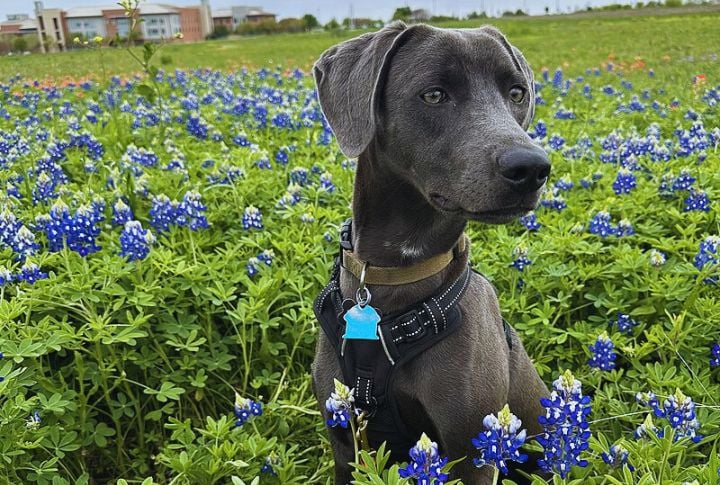
Gunpowder and grit weren’t the only things helping pioneers survive the American frontier. Hidden behind wagons and work boots were dogs—loyal and irreplaceable. These breeds guarded camps and retrieved game. Some even saved lives. Today, many have slipped into obscurity. Scroll through to rediscover these rare frontier heroes.
Newfoundland
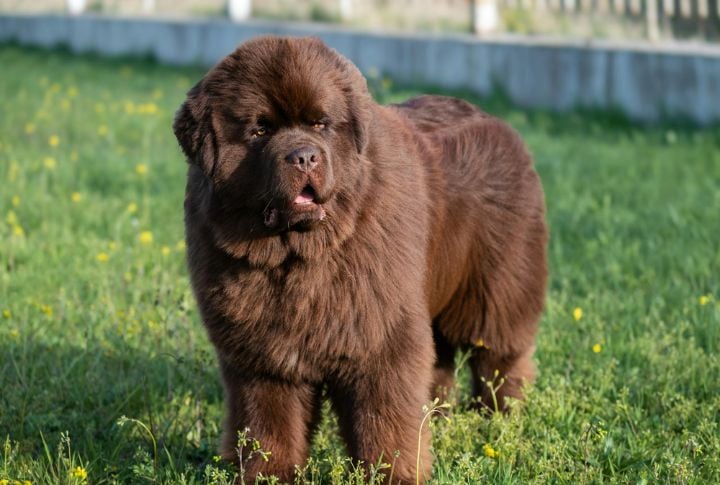
Could a 150-pound dog survive the frontier? Seaman, a Newfoundland bought by Meriwether Lewis, did, and then some. He protected the expedition, retrieved supplies, and warned of grizzlies. Loyal and capable, this breed helped chart America—yet now, it’s rarely seen outside die-hard working-dog circles.
Mountain Cur
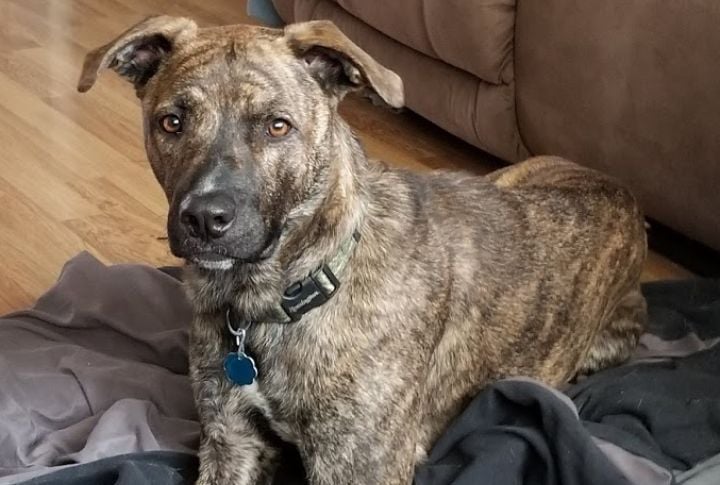
Sinewy and swift, the Mountain Cur earned its place among settlers by doing everything—guarding cabins, treeing squirrels, herding hogs, and more. Its lineage traces to early European dogs brought through the Appalachians. This utilitarian hound adapted to frontier life with instinctual precision. Despite its legacy, it’s now scarce outside southern working farms.
American Water Spaniel
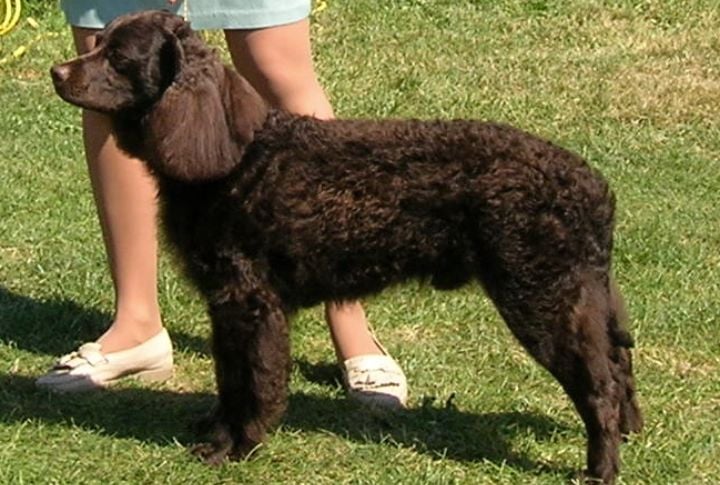
Not many people know that Wisconsin has its own dog breed. The American Water Spaniel once played an important role for settlers, hauling game from icy rivers and maneuvering through tight canoe corners. It thrived in woods, marshes, and cabins alike. Few dogs today can match its wet-footed, wide-ranging versatility.
Black Mouth Cur
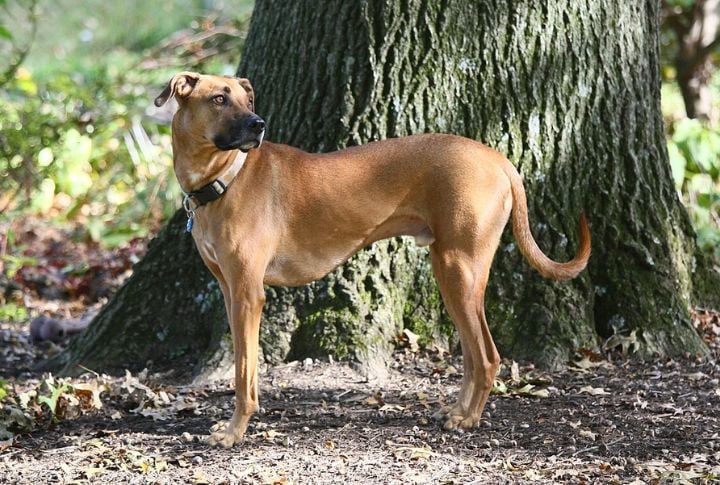
Thick-skinned and fearless, the Black Mouth Cur thrived where roads didn’t exist. Bred for driving cattle and confronting wild hogs, it had a stamina that matched the intensity of the American West. Western ranchers once trusted it without question. Today, it survives mostly in small, rural Southern communities—almost invisible in mainstream dog culture.
English Shepherd
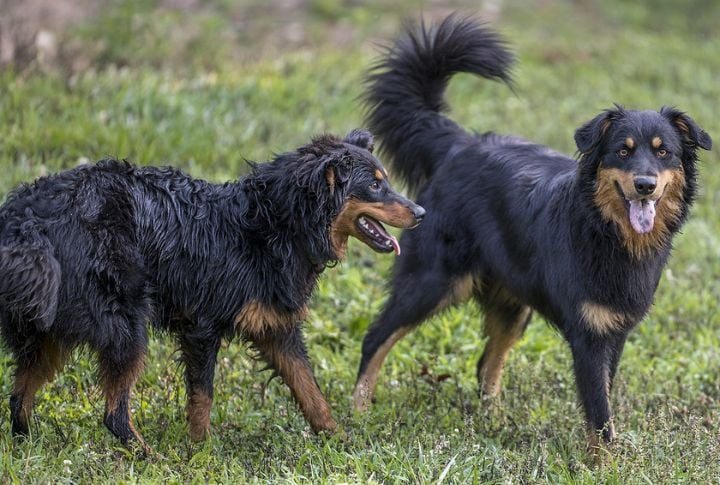
The English Shepherd was once a staple on American homesteads but quietly slipped into rarity as modern herding breeds took the spotlight. It guarded livestock and cleared vermin. Besides that, it helped with daily chores reliably and without fuss. Farmers didn’t brag about this dog; they just counted on it to finish the job.
Catahoula Leopard Dog
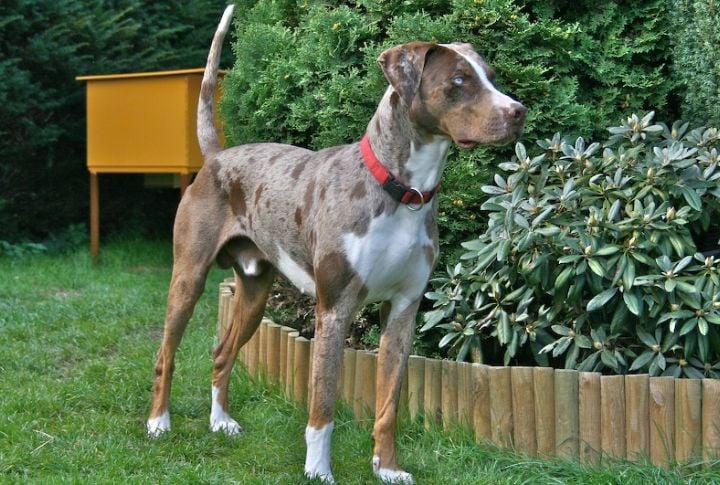
The Catahoula Leopard Dog, born in Louisiana, is a mix of strength and grace. Tasked with wrangling feral hogs and cattle, it tracked prey and kept watch over camps. While it holds the title of Louisiana’s state dog, it remains a rare companion in many American homes.
Chesapeake Bay Retriever
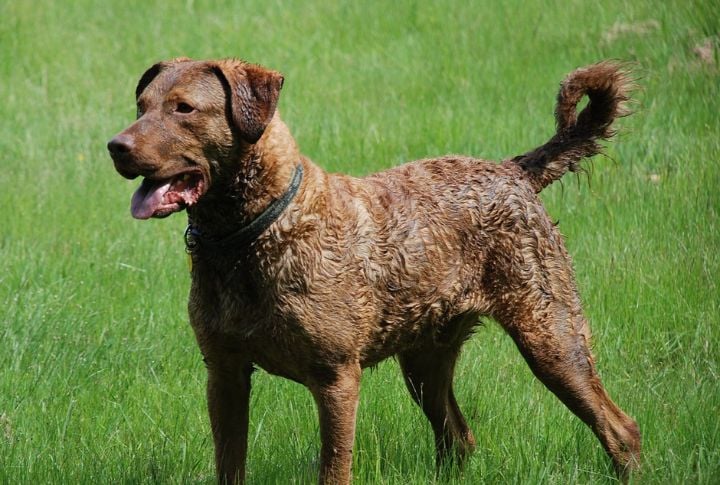
Breed historians suggest that Chesapeake Bay Retrievers were bred for exceptional endurance in icy waters and harsh coastal storms. Although they’re now often overshadowed by Labradors, these dogs once traveled west with settlers as versatile retrievers. Their dense, waterproof coat and loyalty made them invaluable in both marshes and prairies.
American Foxhound
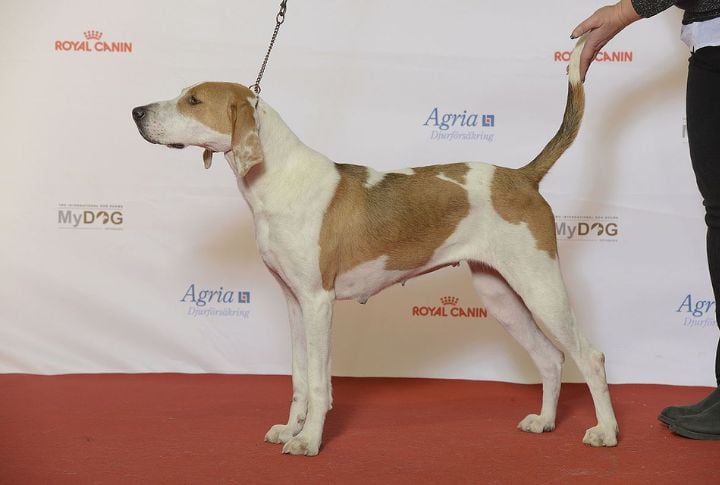
According to the American Kennel Club, the American Foxhound is one of the oldest U.S. breeds, favored by George Washington himself. Elegant yet tough, it now ranks near the bottom in breed popularity despite its origin. It’s also known for endurance and sharp scenting, and that helped Western settlers track game for food.
McNab Shepherd
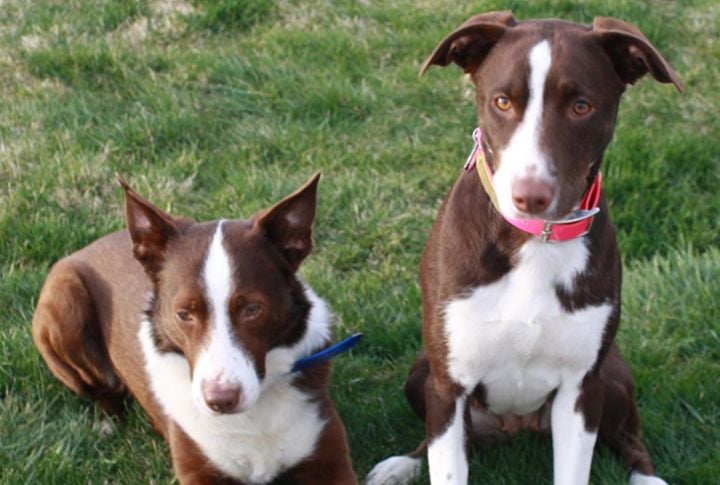
Alexander McNab developed this dog in the late 1800s specifically for Northern California ranches. Designed for heat and rugged hills, it expertly guided cattle across open ranges and narrow trails. With sharp focus and unmatched agility, it filled a role others couldn’t. However, outside West Coast ranches, it remains largely unknown.
Blue Lacy

Texas doesn’t hand out state dog titles lightly. The Blue Lacy earned it by herding cattle, chasing hogs, and running traplines across harsh hill country. Developed by frontier families in the 1800s, it’s a Southern icon—but rarely seen beyond working ranches and extreme hunting circles today.
Toy Fox Terrier
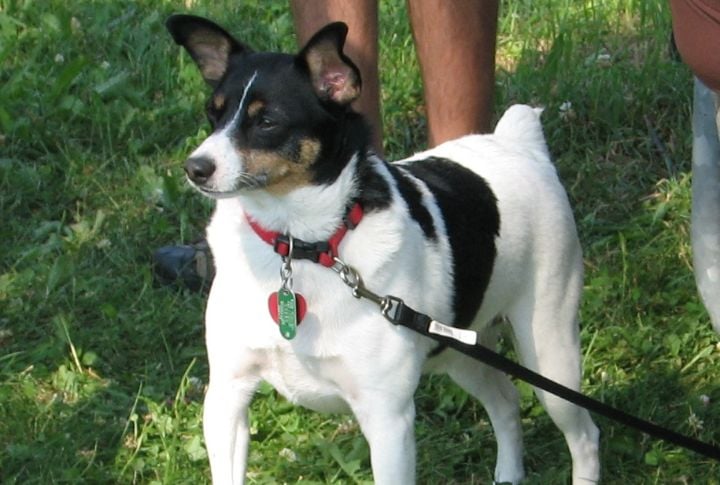
Cabins creaked and fires crackled, but one watchdog never blinked—the Toy Fox Terrier. Once common on dusty wagon trails, it’s now mostly forgotten outside vintage dog registries. Tiny jaws snapped through rodent infestations while sharp ears warned of approaching threats. It stood its ground like a cowboy with fur.
Norwegian Elkhound
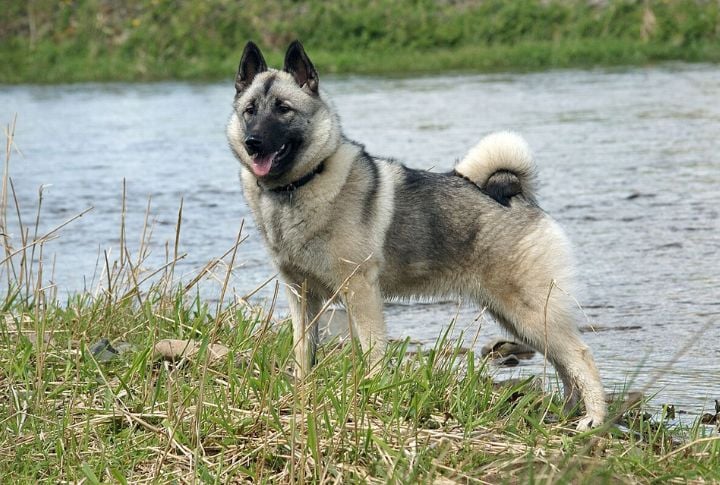
Few dogs handled frontier winters like this rugged Nordic import. Settlers brought it west to guard livestock and sniff out game in blizzards. Though now nearly forgotten by breeders, its courage was once a homestead staple. Elk, intruders, even wolves—it faced them all with calm, unshakable grit.
Spanish Mastiff

When wolves stalked the herd, settlers in the Southwest didn’t panic; they called the Spanish Mastiff. Towering and watchful with quiet, this ancient guardian came with Spanish colonists and protected livestock from coyotes and rustlers alike. Today, it’s nearly vanished from American soil, remembered only by rare-stock ranchers.
Scotch Collie
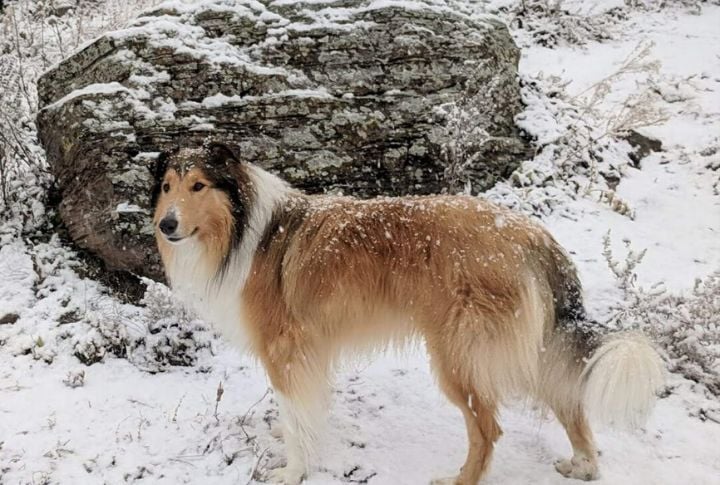
Back when wagons outnumbered fences, Scotch Collies were the farm’s heartbeat. Before Border Collies rose to fame, these Scottish imports herded livestock and stood guard. They now survive only through a few passionate breeders, even though their quiet dedication once defined the rhythm of the American homestead.
Tahltan Bear Dog
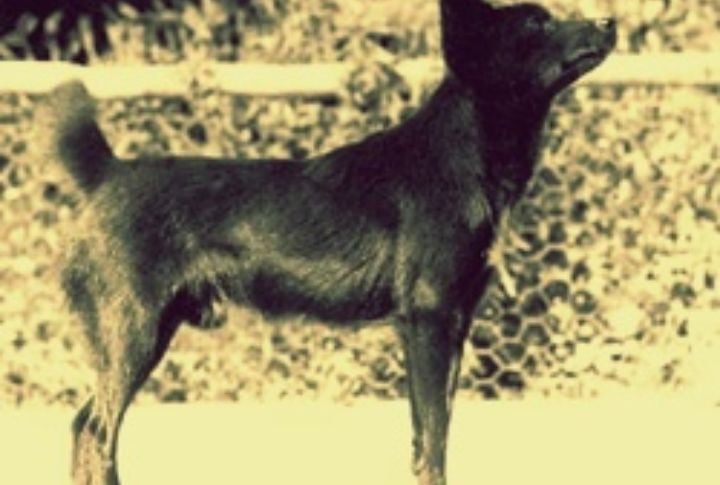
Used by Indigenous tribes of the Pacific Northwest, the Tahltan Bear Dog was small but fierce, bred to help hunt bears and navigate rugged alpine terrain. Settlers and explorers quickly recognized its value. It’s extinct today, but it played a bold role in the northern frontier’s earliest survival stories.






